Growth in Renewable Energy Sector
The industrial gearbox market is poised for growth due to the increasing investments in the renewable energy sector. As the US government emphasizes the transition to sustainable energy sources, wind and solar power installations are on the rise. In 2025, the renewable energy sector is expected to account for over 30% of the total energy generation in the US, creating a substantial demand for specialized gearboxes that can operate efficiently in these applications. Wind turbines, for instance, require robust gear systems to convert kinetic energy into electrical energy effectively. This trend indicates a promising opportunity for the industrial gearbox market, as manufacturers develop innovative solutions tailored to the unique requirements of renewable energy systems.
Increased Automation in Industries
The trend towards automation across various industries significantly influences the industrial gearbox market. As companies strive to enhance productivity and reduce labor costs, the integration of automated systems becomes essential. In 2025, it is estimated that around 70% of manufacturing processes in the US will incorporate some level of automation, leading to a heightened demand for reliable gearboxes that can withstand rigorous operational conditions. This shift not only improves efficiency but also necessitates the development of gear systems that can seamlessly integrate with automated machinery. Thus, the industrial gearbox market is likely to benefit from this ongoing transition towards automation, as businesses seek to optimize their operations.
Rising Demand in Manufacturing Sector
The industrial gearbox market experiences a notable surge in demand, primarily driven by the expansion of the manufacturing sector in the US. As industries such as automotive, aerospace, and food processing continue to grow, the need for efficient power transmission solutions becomes increasingly critical. In 2025, the manufacturing sector is projected to contribute approximately $2 trillion. to the US economy, indicating a robust environment for industrial gearbox applications. This growth necessitates the adoption of advanced gear systems that enhance operational efficiency and reduce energy consumption. Consequently, manufacturers are investing in high-quality gearboxes to meet the rising production demands, thereby propelling the industrial gearbox market forward.
Technological Innovations in Gear Design
Technological innovations play a pivotal role in shaping the industrial gearbox market. Advances in materials science and engineering have led to the development of lighter, stronger, and more efficient gear systems. In 2025, it is anticipated that the adoption of advanced manufacturing techniques, such as 3D printing and computer-aided design, will revolutionize gearbox production. These innovations enable manufacturers to create customized solutions that meet specific industry needs, enhancing performance and reliability. As industries increasingly demand high-performance gearboxes that can withstand extreme conditions, the industrial gearbox market is likely to see a surge in the adoption of these cutting-edge technologies, driving growth and competitiveness.
Regulatory Compliance and Safety Standards
The industrial gearbox market is significantly influenced by the need for compliance with stringent regulatory and safety standards. In the US, industries are required to adhere to various regulations that ensure the safety and reliability of machinery. As a result, manufacturers are compelled to invest in high-quality gear systems that meet these standards. In 2025, it is expected that compliance-related expenditures will account for approximately 5% of total operational costs in manufacturing sectors. This focus on safety and compliance not only drives demand for advanced gearboxes but also encourages innovation in design and manufacturing processes. Consequently, the industrial gearbox market is likely to expand as companies prioritize safety and regulatory adherence.


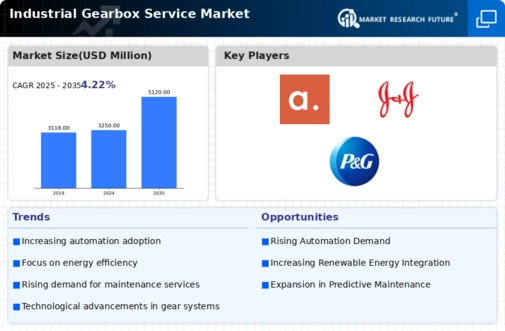
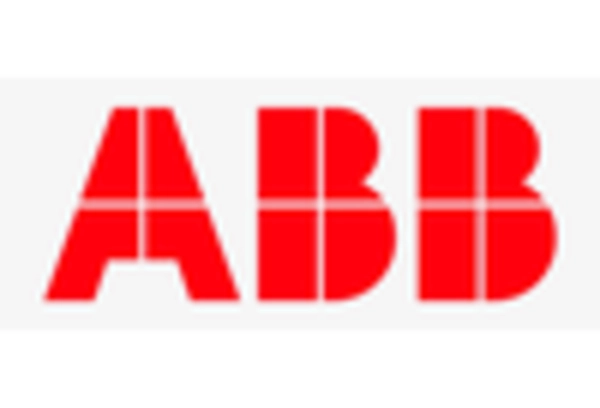

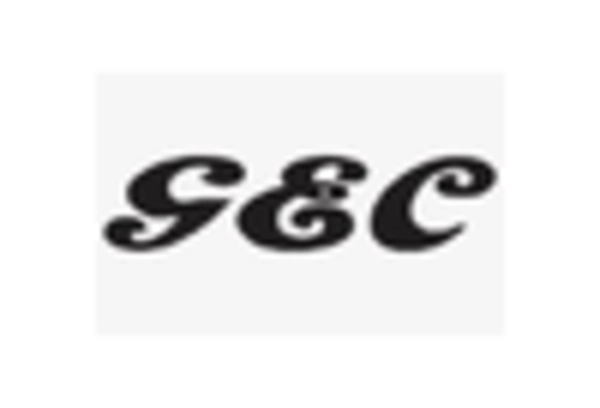
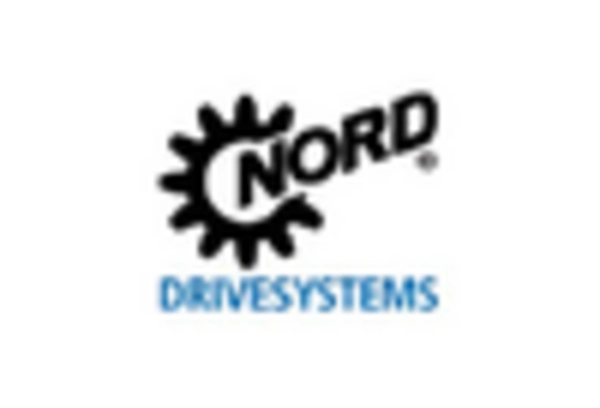
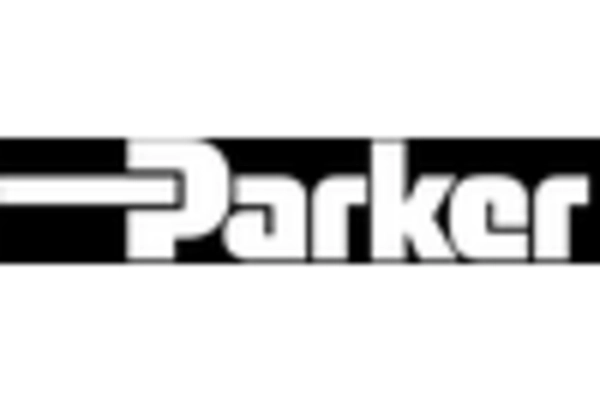
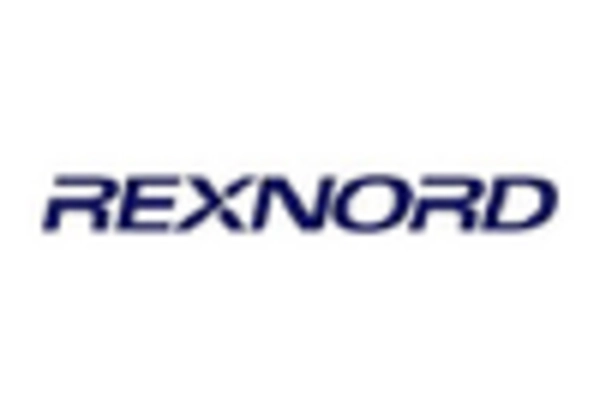
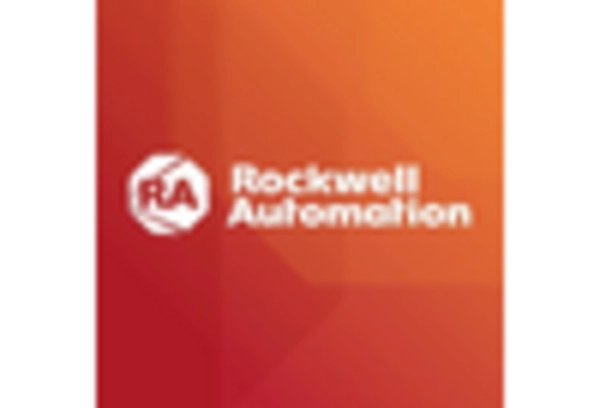










Leave a Comment